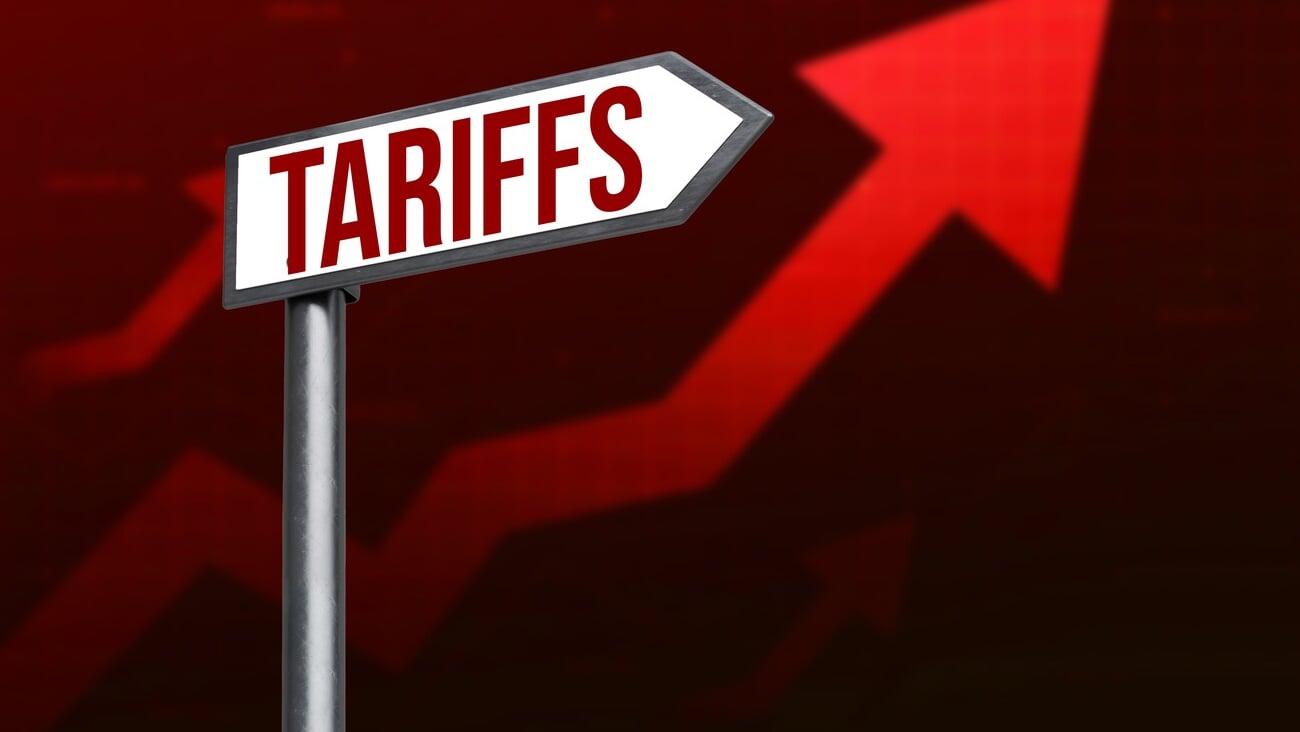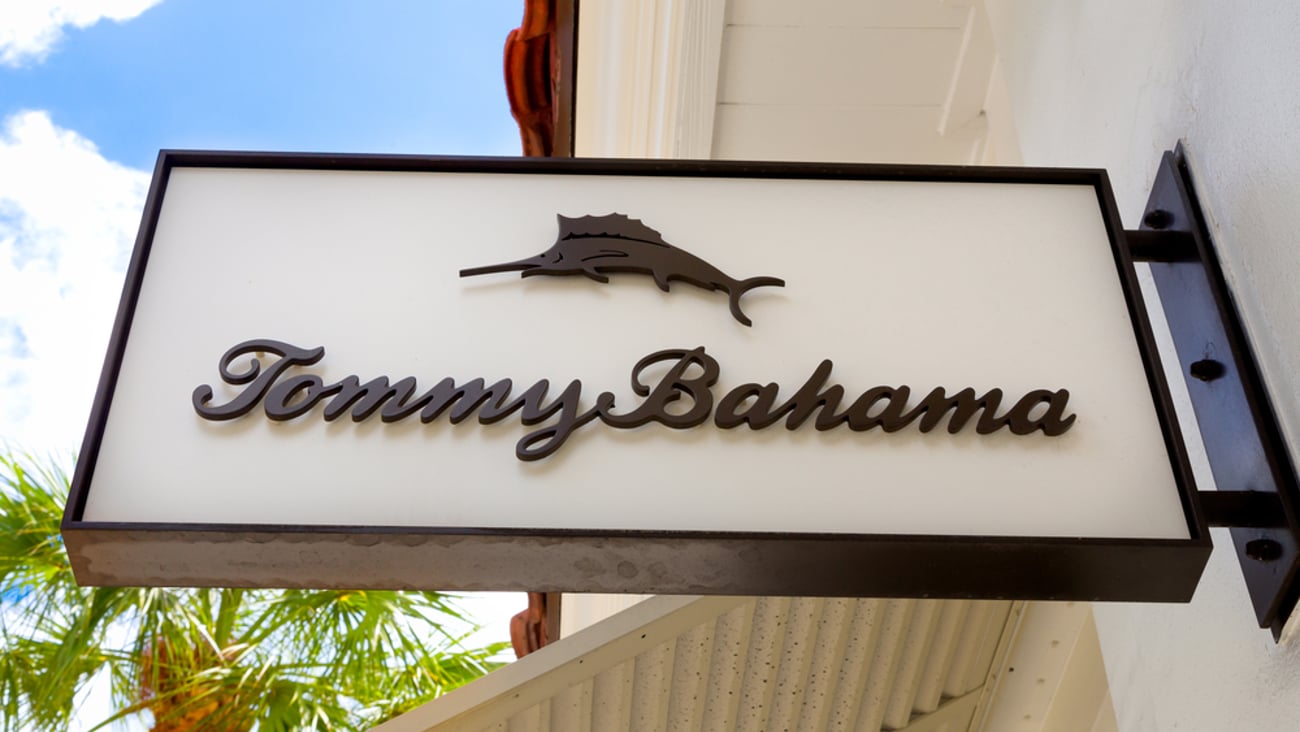What Retailers Should Expect This Holiday Season
The COVID-19 pandemic overturned many of last year’s forecasts and expectations in almost every industry but especially within retail. It created an earthquake effect, of which shockwaves are still felt – bankruptcies, shutdowns and mandatory store closures – throughout the sector. Although more uncertainties and risks lie ahead, retailers are preparing for the ‘most wonderful time of the year’ – the holiday season.
Over the past few years, holiday retail sales are trending upwards. 2019 retail sales nearly doubled from the year prior with 4.1% growth over the same period in 2018 to $730.2 billion. This year, we are experiencing a historic shift of e-commerce as a percentage of retail sales from roughly 10% in 2018 to 24%-27% this year.
Despite the pandemic and high rate of unemployment, consumers will still celebrate the holidays and plan to spend $998 on average on items such as gifts, food, decorations and other holiday-related purchases for themselves and their families.
Over the course of the pandemic, consumer behavior, physical locations, and the way we receive goods has changed forever. This will mostly likely be the most elongated retail season ever faced and retailers will encounter some challenges as a result.
CHALLENGE
The biggest challenge for retailers this holiday season will be maintaining and creating brand loyalty in a predominantly online environment as they work to translate the pre-COVID in-person experience to online.
Moreover, product availability, difficult return policies, websites and apps that are not user friendly may also draw consumers’ attention to alternative sources. A strong investment for retailers to consider is product imagery as it is a major factor in helping capture the in-person experience.
For example, retailers like Amazon, Walmart and Lowe’s use 360-degree spin photography capabilities, Snap36, to provide better imagery of their products to customers which allows them to rotate, pinch and zoom in on products in high definition to see every detail.
Earlier this year, Target stated that the pandemic essentially shortened their projected e-commerce growth plans by three years. From the start of the pandemic to now, retailers have had around seven months to digitize the consumer experience and optimize their omnichannel platforms. Change is upon retailers, and this is particularly true for big box retailers. They will either continue to adapt or become obsolete.
Historically if stores are to remain open, they face the challenge of balancing the safety and health of consumers and employees and long lines with social distancing initiatives. Even if consumers are venturing into stores, they will need to ship a significant portion of these goods to friends and family that may not be able to visit as they normally would.
There is still so much unknown given the recurring spikes in COVID infections, but preparing multiple contingency plans is recommended to navigate what is certain to be a fluid retail season environment.
As consumers and retailers alike navigate an elongated retail season there will be many new experiences and opportunities.
GIFT CARDS
Gift cards are the biggest component of retail that continues to go largely unnoticed. For over a decade, it has impacted freight cycles and only grows each year. People are approaching their buying patterns differently this year, specifically in regards to gifting. They are asking ‘what do they need’ and not guessing what they want. We could see every sector from groceries to clothing use gift cards this year.
As there will likely be a historic level of gift card purchases, this will likely create a spike during the holiday season due to their usage. In addition, there has been a significant amount of gift cards that are not redeemed or if redeemed there is a significant delay. This allows the company to infuse cash into their financials, keep some liability that will not be used, and create an outlet opportunity for goods that were not sold during the holiday season. If a strategy is not already in place to incentivize the purchase of these, we would recommend doing.
We predict a continuation of e-commerce growth and a robust retail season for those companies that support this area effectively. This has forced retailers to ensure inventory being in stock earlier so that consumers can obtain the goods, captures sales from competitors, and allow for shipping times of goods that will not be destined for the same household locations. This will force consumers to make purchase decisions early to subsequently ship them timely to the intended party.
It would be naïve to think that Amazon hasn’t considered this with its recent ‘Amazon Prime Days’. We believe this is an effort to take pressure off their later retail season and to grab market share. We would also predict the largest amount of returns in the first quarter of 2021 that we have ever seen and forecast significant adjustments to financial balance sheets in this period.
Since March, retailers have had to adapt and create different omnichannel strategies and solutions such as in-buy online pick up in store (BOPIS), buy online return in store (BORIS) and curbside pick up, to suit their customer groups.
We will continue to see an expansion of these services as we move into the holidays, specifically from local retailers and value-based retailers like Dollar General who have invested heavily in this space. In addition, more pre-Black Friday and Cyber Monday sales to vie for the retail consumer dollar like Amazon did with ‘Prime Days.’ Beyond this near-term retail season, the real question is if we will see similar trends or newly created sales ahead of other seasons like spring holidays. Keep in mind that retailers sat on a lot of inventory ahead of the last spring season due to COVID shutdowns and a lot were not able to unload this merchandise. It is taking up storage and capital dollars. Retailers will need to think smarter going into the spring season.
We continue to advise our clients focus on the consumer experience, executing sound supply chain strategies, and that retailers do everything they can to avoid returns through informed decision-making with their digital presentations.
E-commerce has roughly three times the return rate of a traditional retail purchase. Investments in consumer-friendly packaging for goods that have high return rates will help minimize the impact to returning goods in companies reverse logistic processes.
Shipping delays will be inevitable due to the sheer volume of this likely e-commerce heavy retail season. These purchases will be competing for cargo space in carrier networks with daily necessities that have been transitioned to e-commerce and in the early US retail season will potentially be impacted by voting volumes. In addition, crowded stores and maintaining social distance will be delicate nuances not previously experienced in a retail season by store personnel.
According to The Economist Intelligence Unit’s Industries 2021 report, global retail sales volumes will grow by 3%, but still fall 2% short of 2019 levels. To meet modern demands while navigating the pandemic, we highly advise organizations to think about the customer experience as ‘the product’ and further advising to map those customer journeys out. Retailers will need to ‘cut smart’ to protect margins and reinvest in the right areas.
Johnathan Foster is principal consultant at Proxima Group.






